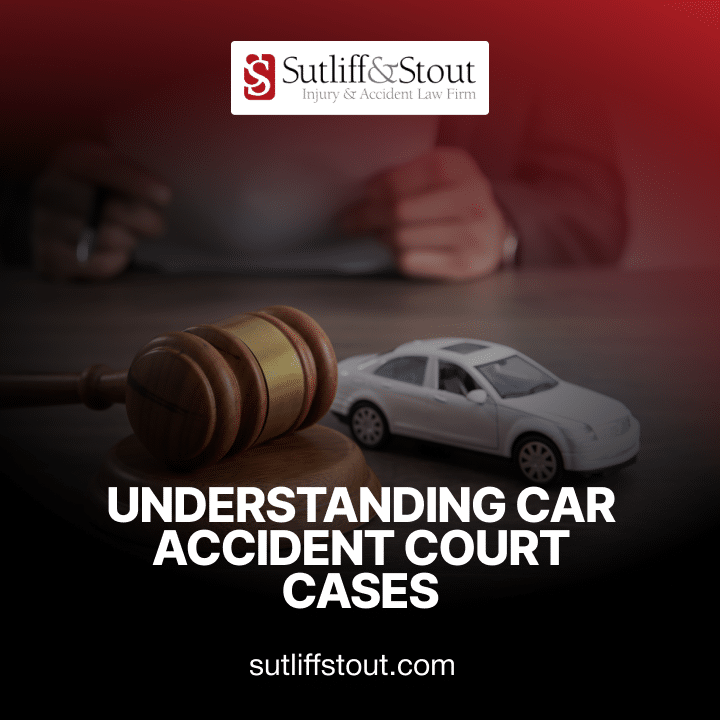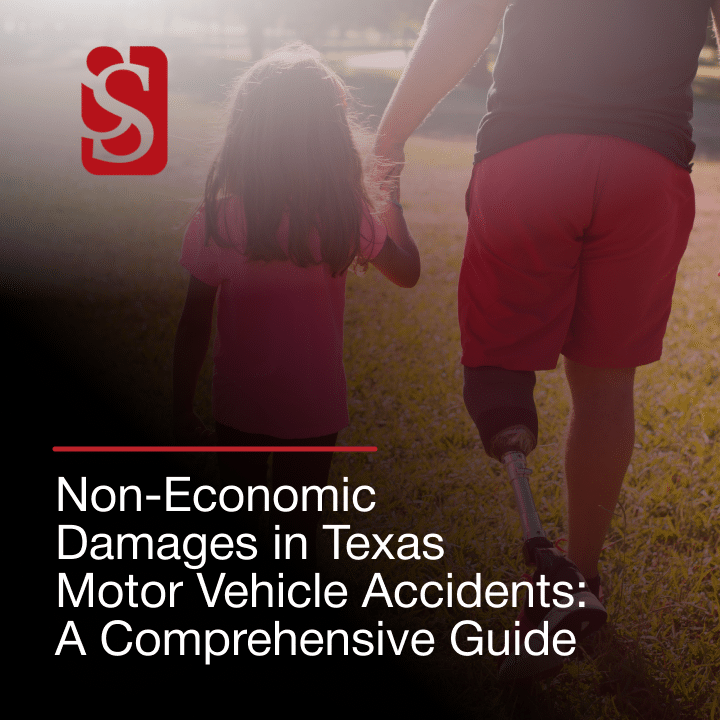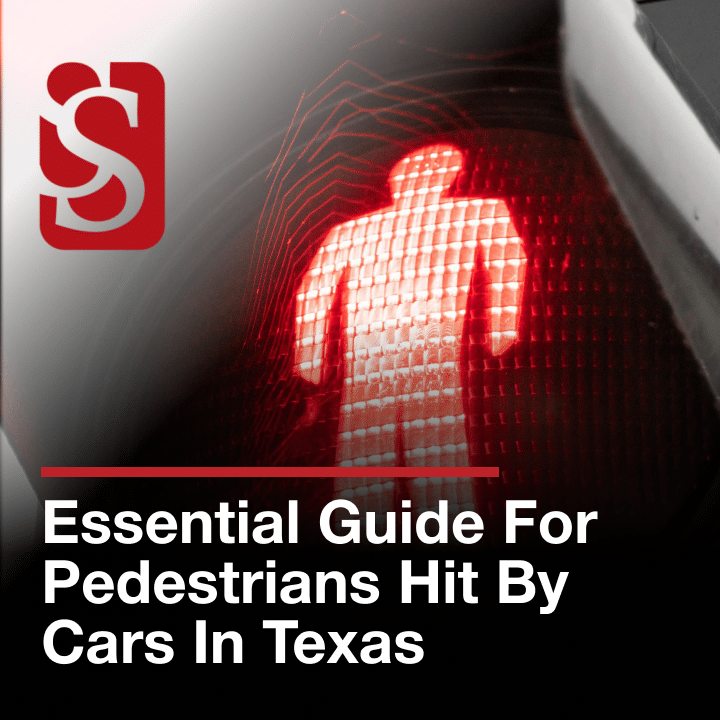The National Highway Traffic Safety Administration (NHTSA) has released its traffic fatality estimates for 2024, and the numbers are alarming. An estimated 8,650 people lost their lives on U.S. roads in just the first quarter of the year.
Understanding your rights and the appropriate steps to take following a pedestrian accident is crucial. This knowledge can significantly impact your physical recovery and financial security.
By being prepared, you can make informed decisions in the immediate aftermath of an accident, protect your legal rights, and position yourself for a more favorable resolution to any potential claims or legal proceedings.

Immediate Steps After Being Hit by a Car
Your immediate safety is paramount. If you’re able, move to a secure location away from traffic to prevent further injury. However, if you’re severely injured or unsure of the extent of your injuries, remain still and wait for emergency services to arrive.
Regardless of how you feel, it’s crucial to seek immediate medical attention. The shock and adrenaline from the accident can mask the pain and symptoms of serious injuries.
Some injuries, particularly those involving internal organs or the brain, may not be immediately apparent but can be life-threatening if left untreated. A thorough medical examination can:
- Identify and treat hidden injuries
- Provide documentation of your condition immediately after the accident
- Establish a link between the accident and your injuries, which is crucial for any future legal claims
Contacting Law Enforcement After A Pedestrian Accident
After ensuring your safety, contact the police immediately. When law enforcement arrives:
- Provide a detailed, factual account of the incident
- Avoid speculating about fault or making assumptions
- Ensure the officer records the contact and insurance information of the driver involved
- Request a copy of the police report or information on how to obtain it
The police report serves as an official record of the accident and can be vital for insurance claims and potential legal action. It typically includes:
- Date, time, and location of the accident
- Names and contact information of all parties involved
- Witness statements
- Diagram of the accident scene
- Officer’s observations and any citations issued
This document can be crucial in establishing the facts of the case and determining liability.
Legal Rights of Pedestrians in Car Accidents
When a pedestrian and a vehicle collide, the law isn’t always as straightforward as you might think. While pedestrians often have the right of way, their rights and responsibilities vary depending on the specific circumstances of the accident.
Understanding pedestrian right-of-way laws
Pedestrian right-of-way laws vary by state, but generally:
- Pedestrians have the right of way in marked crosswalks and at intersections, whether marked or unmarked
- Drivers must yield to pedestrians when turning at intersections
- Pedestrians must obey traffic signals and use designated crossing areas when available
- Outside of crosswalks, pedestrians must yield to vehicles
However, even when pedestrians don’t have the right of way, drivers are expected to exercise due care to avoid collisions.
Potential liability of drivers in pedestrian accidents
Drivers have a duty of care to avoid collisions with pedestrians. They may be held liable if their negligence contributed to the accident. Examples of driver negligence include:
- Speeding or driving too fast for conditions
- Distracted driving (e.g., texting, eating, adjusting the radio)
- Failing to yield the right of way to pedestrians in crosswalks
- Running red lights or stop signs
- Driving under the influence of alcohol or drugs
- Failing to signal when turning
In some cases, both the driver and the pedestrian may share fault for the accident. Many states follow a comparative negligence rule, where compensation may be reduced based on the pedestrian’s percentage of fault.
However, even if you believe you may have been partially at fault, it’s important to consult with a car accident lawyers to understand your rights and options.
Latest Statistics on Pedestrian Accidents
The latest data from the National Center for Health Statistics (NCHS) reported that more than 9,000 pedestrians lost their lives in both traffic and non-traffic incidents in a given year. This figure includes accidents occurring in areas such as driveways and parking lots.
Focusing specifically on public road fatalities, the NHTSA estimates almost 8,000 pedestrian deaths in traffic crashes during the same year. This data reveals several critical patterns:
- Urban areas account for 84% of pedestrian traffic fatalities.
- Open roads, as opposed to intersections, see 76% of these deaths.
- Dark conditions, with or without artificial lighting, are associated with 74% of fatalities.
- Saturdays (1,278 deaths) and Fridays (1,121 deaths) are the deadliest days for pedestrians.
Notably, while daytime pedestrian fatalities remain relatively consistent throughout the week (with a Sunday decline), nighttime deaths show significant variation. Nighttime pedestrian deaths are at their lowest point on Wednesday and increase throughout the remainder of the week, peaking on Saturday.
Common Injuries in Pedestrian-Car Accidents
Pedestrian accidents often result in severe injuries due to the vulnerability of the human body against a vehicle. Common injuries include:
Fractures and broken bones: Often affecting legs, arms, hips, and ribs
Traumatic brain injuries: Ranging from mild concussions to severe traumatic brain injuries (TBIs)
Spinal cord injuries: Can result in partial or complete paralysis
Internal organ damage: May include injuries to the liver, spleen, kidneys, or lungs
Soft tissue injuries: Such as sprains, strains, and contusions
Cuts and lacerations: Can lead to significant blood loss and scarring
Crush injuries: Particularly to lower extremities, potentially leading to amputation
Dental and facial injuries: Including broken teeth, jaw fractures, and facial lacerations
Potential long-term effects and complications
Many injuries sustained in pedestrian accidents can have long-term or permanent effects:
Chronic pain: Persistent pain from injuries can significantly impact the quality of life
Disability: Some injuries may result in temporary or permanent disabilities
Cognitive impairments: TBIs can lead to memory problems, difficulty concentrating, and personality changes
Psychological trauma: Post-traumatic stress disorder (PTSD), anxiety, and depression are common after severe accidents
Scarring and disfigurement: Can lead to emotional distress and self-esteem issues
Ongoing medical care: Some injuries may require long-term rehabilitation or multiple surgeries
Reduced mobility: Injuries to legs, feet, or spine can permanently affect a person’s ability to walk or move
Chronic health conditions: Internal injuries may lead to ongoing health issues
These long-term effects must be considered when seeking compensation, as they can have significant impacts on a person’s future quality of life and earning capacity.
Gathering Evidence for Your Pedestrian Accident Claim
Proper documentation of the accident scene can significantly strengthen your claim. If you’re able, take the following steps:
- Photograph the accident scene from multiple angles
- Capture images of your injuries, even if they seem minor
- Take pictures of the vehicle involved, including any damage
- Document road conditions, traffic signs, and weather conditions
- Note any nearby security cameras that may have recorded the incident
This visual evidence can help reconstruct the accident and support your version of events. If you’re too injured to gather evidence yourself, ask a bystander or family member to assist you.
Collecting witness statements and contact information
Eyewitness accounts can provide crucial support for your claim. To gather this information:
- Ask witnesses for their names and contact details
- Request that they give a brief statement of what they saw
- If possible, record their statements using your smartphone
- Ask if they’d be willing to speak with your attorney later
Witness testimony can corroborate your account of the accident and provide impartial perspectives on what occurred.
Dealing with Insurance Companies After a Pedestrian Accident
Several types of insurance may come into play in a pedestrian accident:
Driver’s auto insurance: The at-fault driver’s liability coverage should cover your medical expenses and other damages up to policy limits.
Your health insurance: This may cover your medical expenses, but your insurer may seek reimbursement from any settlement you receive.
Your auto insurance: If you have personal injury protection (PIP) or medical payments coverage, it may apply even though you weren’t in a vehicle.
Uninsured/underinsured motorist coverage: If the driver lacks insurance or has insufficient coverage, your own policy may provide compensation.
Understanding these coverage options is crucial for managing your medical care and expenses effectively.
Compensation for Pedestrian Accident Victims
Compensation in pedestrian accident cases may include:
Economic damages:
- Current and future medical expenses
- Lost wages and loss of earning capacity
- Property damage (e.g., damaged personal items)
- Cost of household services you can no longer perform
Non-economic damages:
- Pain and suffering
- Emotional distress
- Loss of enjoyment of life
- Loss of consortium (impact on personal relationships)
Punitive damages:
- May be awarded in cases of extreme negligence or intentional harm
Role of a Personal Injury Attorney in Pedestrian Accident Cases
Engaging a seasoned personal injury attorney from Sutliff & Stout can be a game-changer in your pedestrian accident case. These legal professionals bring a wealth of expertise to the table, conducting comprehensive accident investigations, meticulously gathering and preserving critical evidence, and managing all legal documentation with precision.
They serve as your advocate, skillfully negotiating with insurance companies and consulting medical experts to fully understand the extent of your injuries. Perhaps most crucially, they possess the acumen to accurately calculate the full value of your claim, including future expenses, ensuring you don’t settle for less than you deserve.
Should litigation become necessary, they stand ready to represent you in court. Their deep understanding of claim valuation helps prevent clients from accepting inadequate offers, while their ability to anticipate and counter insurance company tactics proves invaluable.
Statute of Limitations for Pedestrian Accident Claims
Statutes of limitations vary by state but typically range from 1-6 years for personal injury claims. It’s crucial to be aware of these deadlines:
- Missing the deadline can result in losing your right to sue
- The clock usually starts ticking on the date of the accident
- Some exceptions may apply, such as for minors or in cases of delayed discovery of injuries
Taking prompt action is critical since:
- Evidence can disappear or degrade over time
- Witness memories may fade
- Acting quickly allows your attorney more time to build a strong case
- Prompt action can also expedite your recovery of compensation
Contact A Personal Injury Lawyer Now
Pedestrian accidents can shatter lives in an instant. If you’re hit by a car while walking, you need more than sympathy—you need a fierce advocate. An acclaimed personal injury lawyer from Sutliff & Stout isn’t just a legal resource; they’re your shield against insurance tactics and your guide through an overwhelming claims process.
They’ll fight for every dollar you’re owed, from medical bills to lost wages and beyond. Don’t let confusion or hesitation cost you your rightful compensation. Make the call. A top-tier attorney can transform your case from an uphill battle to a path toward justice.
Your recovery—and your future—may depend on it. Act now, before crucial evidence fades and deadlines pass. Call us now at (713) 405-1263 or send a message through our secure online form. Our compassionate team is always available to help.
Read More Here -> Texas injury lawyers
- What is a Catastrophic Injury? - January 30, 2025
- Essential Guide for Pedestrians Hit by Cars in Texas - January 30, 2025
- How to File a Wrongful Death Lawsuit in Texas - January 15, 2025








 (713) 405-1263
(713) 405-1263  550 Post Oak Blvd, Suite 530
550 Post Oak Blvd, Suite 530